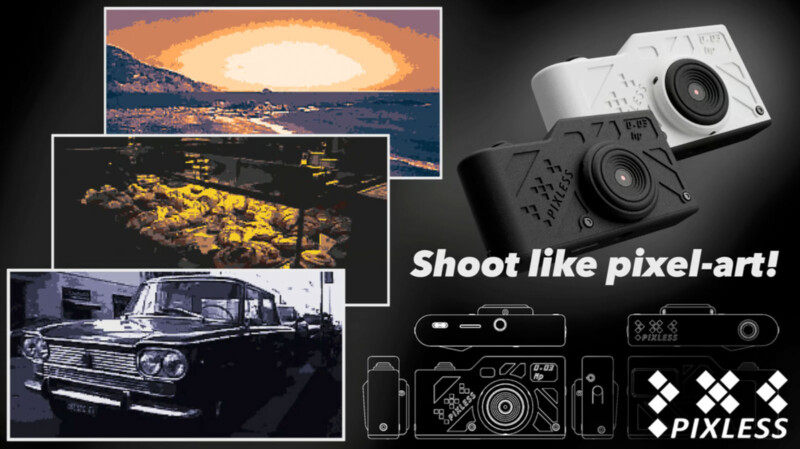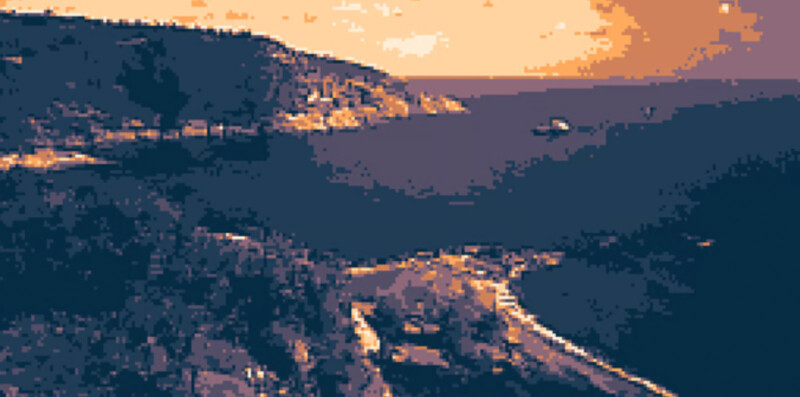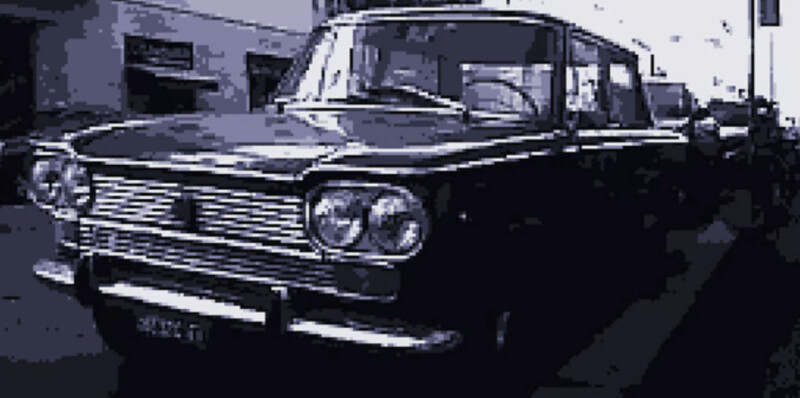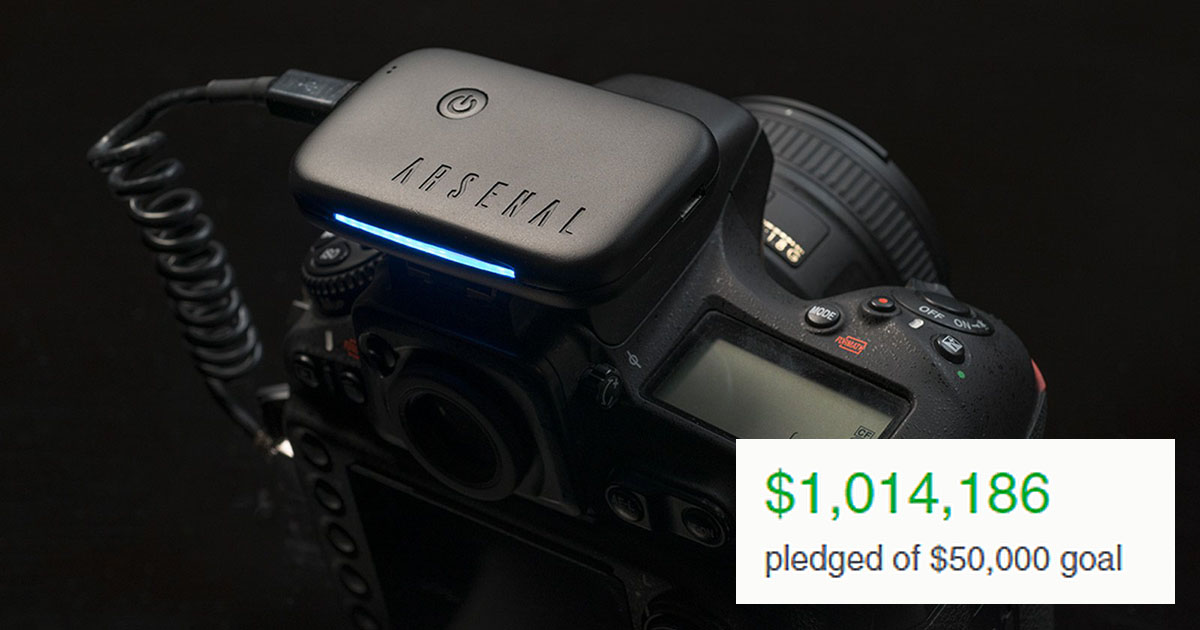0.03-Megapixel Pixless Camera Captures Charming Pixel Art Photos

The Pixless camera on Kickstarter channels the lo-fi spirit of the iconic Nintendo Game Boy Camera. With similarly low image quality, the Pixless promises to capture pixel art-like digital photos with just 0.03 megapixels of resolution.
As seen by The Phoblographer, the Pixless is created by self-taught Italian photographer and design Carlo Andreini. He explains his dream to show “the world that photography is not about megapixels, but rather capturing reality from your own perspectives.” With its tiny 0.03-megapixel photos, Andreini’s Pixless camera is an “exaggerated” version of this concept. “Because ‘less is more,'” he argues.

In an age where people can buy 102-megapixel cameras with exceptional image quality for a few thousand dollars, there has still proven to be demand for low-fidelity digital pictures. The continued popularity of the Nintendo Game Boy Camera attests to this, as photographers continue to work with the 0.014-megapixel 2-bit camera system to do things like make webcams, shoot music videos, and even do motorsports photography.

In contrast to the Game Boy Camera, which captures 128 x 112-pixel grayscale images, the Pixless shoots 256 x 128 photos with up to 64 colors. There is more going on with the Pixless regarding image processing than with the old Game Boy Camera.
“The image is processed line by line to conserve RAM. First, it’s resampled using a custom 4-64 color palette, which can be user-defined and uploaded to the SD card. The image is then enlarged by a factor of 8 (making each pixel 8×8 pixels) to avoid blurriness on various devices,” Andreini explains. “Finally, it’s encoded as a PNG file for easy handling, as PNG offers lossless compression without artifacts, unlike JPG. We are also experimenting with custom compression algorithms for both PNG and JPG to optimize them for images with large areas of identical pixels.”

The resulting images are as pixelated as expected, and people love it.
“So amped for [the camera],” one user writes on the Pixless Instagram page. Another fan adds, “Totally love this, hope to get my hands on one when possible!”

So far, the Kickstarter campaign, which has 41 days remaining, has raised $39,287, shattering the initial $15,463 goal. (http://kck.st/3VSvPxx)
It is worth noting that at this point, the Pixless is still in prototype (version 3.0). The camera features a 3D-printed rangefinder-esque design and a 35mm equivalent f/2.4 lens. Andreini has made a custom PCB for the camera, which relies upon an OV5640 image sensor module, which is technically capable of capturing five-megapixel photos, although that’s not what it delivers after the custom pixelation image processing works its magic. Andreini explains that he had to modify the sensor and related software to utilize the non-standard resolution.
The camera has a one-inch monochrome OLED (128 x 64 pixels) on the back that serves as an electronic viewfinder, a shutter release, and a power button. The camera records images to an SD card. The current version has an 820mAh battery, providing about six hours of live view.
The camera is also tiny, measuring about 80 by 46 millimeters (3.14 by 1.8 inches) with a thickness of only 17 millimeters (0.67 inches). While the design is subject to change as it nears final production, the Pixless will remain a very compact and lightweight camera.

Andreini says additional features are in development, including the ability to change the effective focal length through different digital crops, a full-color “actual” EVF, and manual controls on the camera for things like ISO and shutter speed.

Pricing and Availability
Andreini hopes to deliver the first Pixless cameras to backers starting in April, and backing options start at about $73. Complete details are available on Kickstarter.
Disclaimer: Make sure you do your own research into any crowdfunding project you’re considering backing. While we aim to only share legitimate and trustworthy campaigns, there’s always a real chance that you can lose your money when backing any crowdfunded project. PetaPixel does not participate in any crowdfunding affiliate programs.
Image credits: Pixless Camera / Carlo Andreini



